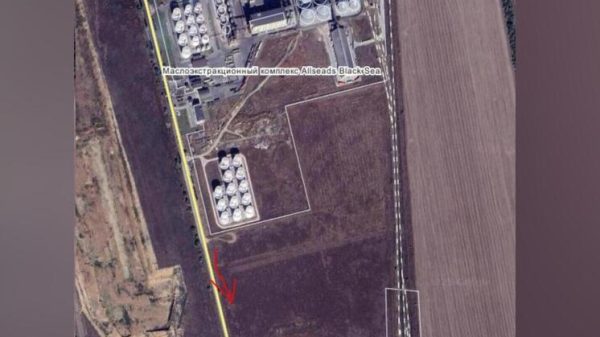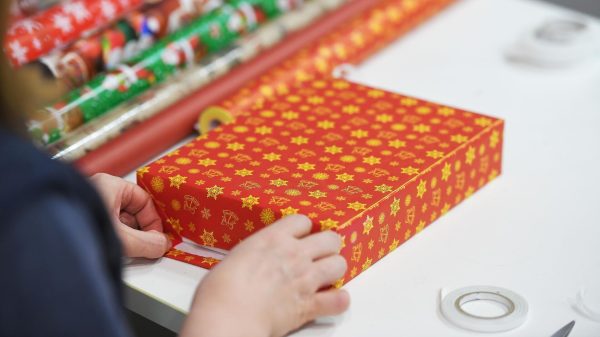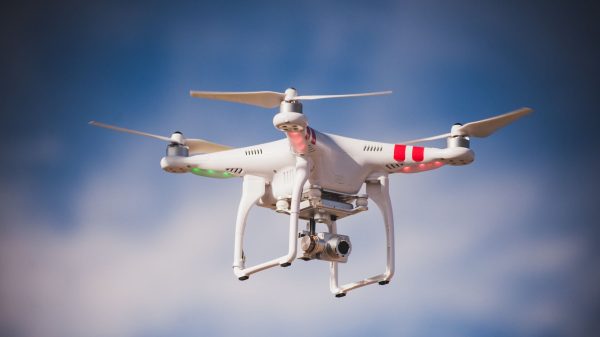“This is one of the most complex missions in space”
The American space agency NASA is looking for innovative methods that could help in the future to obtain samples collected by the Perseverance rover on Mars.

The rover, which landed on Mars in February 2021, is collecting samples from Jezero Crater, where an ancient lake and river delta once existed on the red planet. Scientists believe the samples could help them better understand whether life ever existed on Mars.
The initial design of the Mars sample return program, developed in a partnership between NASA and the European Space Agency, was complex, CNN reports. The architecture included launching multiple missions from Earth to Mars to collect samples, and then the first launch of a rocket from the surface of another planet to return the samples to Earth.
But there were concerns that the program would be too cumbersome -due to the complexity, high cost and delayed return date, which was originally supposed to take place by 2031, but was postponed after an assessment by an independent supervisory board. Budget cuts that affected NASA also put the program at risk.
NASA Administrator Bill Nelson and Nicky Fox, associate administrator for NASA's Science Mission Directorate, shared the federal agency's response with the independent review panel on Monday.
According to Nelson, the results of the program's analysis showed that returning samples from Mars should not cost more than $5-7 billion. But NASA is facing cost-cutting constraints due to budget cuts for fiscal years 2024 and 2025, leaving the agency with a $2.5 billion loss, he said.
“Returning samples from Mars will be one of the most challenging missions NASA has ever undertaken. The bottom line is that the $11 billion budget is too expensive and the 2040 return date is too far away,” Nelson said. “Safely landing and collecting samples, launching a rocket carrying samples from another planet — something that has never been done before — and safely transporting samples more than 33 million miles (53 million kilometers) back to Earth is no easy task. We need to think outside the box to find a way that is affordable and allows samples to be returned within a reasonable timeframe.
Nelson says it is unacceptable to wait until 2040 to return samples to Earth because The 2040s are «the decade we're going to land astronauts on Mars,» he repeated at a news conference Monday.
Nelson said the program's $11 billion cost would force NASA to abandon other science programs and missions.
These missions include NEO exploration of near-Earth objects to detect asteroids that may pose a risk to Earth; Dragonfly, which explores the potential habitability of Saturn's moon Titan; and missions such as DAVINCI and VERITAS to uncover the secrets of Venus. (The Venus mission names are short for Exploration of Noble Gases in the Deep Atmosphere of Venus, Chemistry and Imaging Plus, and Venus Emissivity, Radio Engineering, InSAR, Topography ; and "spectroscopy,", explains CNN.)
While Nelson hopes the fiscal year 2026 budget won't be so tight, allowing for more science funding for NASA, that doesn't solve the immediate problem going forward. returning samples from Mars.
So, the space agency is launching a request for help.
As Nicky Fox reports, agency officials will soon announce a proposal to NASA and industry to develop a new plan that combines innovation with lessons learned from proven technologies. NASA plans to conduct a sample return mission in the 2030s with less complexity, cost and risk.
Nelson said applications are being accepted quickly, and the agency expects to have answers to questions about how best to return samples from Mars by the fall.
The main requirement for applications is to return the 30 samples selected by Perseverance scientifically from different places, Fox notes.
“Mars is extremely important to us,”, says Fox. “This is one of the few places where life could exist. Having said that, we understand that to speed things up we may have to reduce the number of samples.
The request for a new architecture for sample return from Mars will include a number of desired samples for return to Earth.
“We recognize that sample return is an important national priority,”, Nelson said.
It reinforced the idea that NASA did not want to end the program because it was considered too critical, especially as the agency hopes to land astronauts on the Red Planet in the future.
Meanwhile, Fox emphasizes, the current decisions will not affect the scientific plan for Perseverance's voyage. across Mars, and the rover continues to collect samples as it explores the crater rim.
NASA's Jet Propulsion Laboratory (JPL) in Pasadena, California, manages the Perseverance rover mission. and other research work on Mars.
JPL was in the midst of an ongoing reentry program when layoffs began in February due to budget cuts. The new architecture that is ultimately developed for the sample return mission will determine the scope of JPL management's control, Nelson said.
The European Space Agency also played a large role in developing the program, and Fox confirms that the agency is still is involved in discussions about the future of the program.
Fox said she is recommending a $200 million budget request for fiscal year 2025 while NASA evaluates alternative architectures that would also allow planetary science research to continue in JPL and other NASA facilities.
“To organize a mission of this level of complexity, we draw on many years of experience in managing a large mission, including information obtained from independent reviews,”, says Fox. “Our next steps will allow us to move this transformative mission forward and provide groundbreaking scientific information from Mars that will provide new insights into the origin and evolution of Mars, our solar system, and life on Earth.”




















































Свежие комментарии